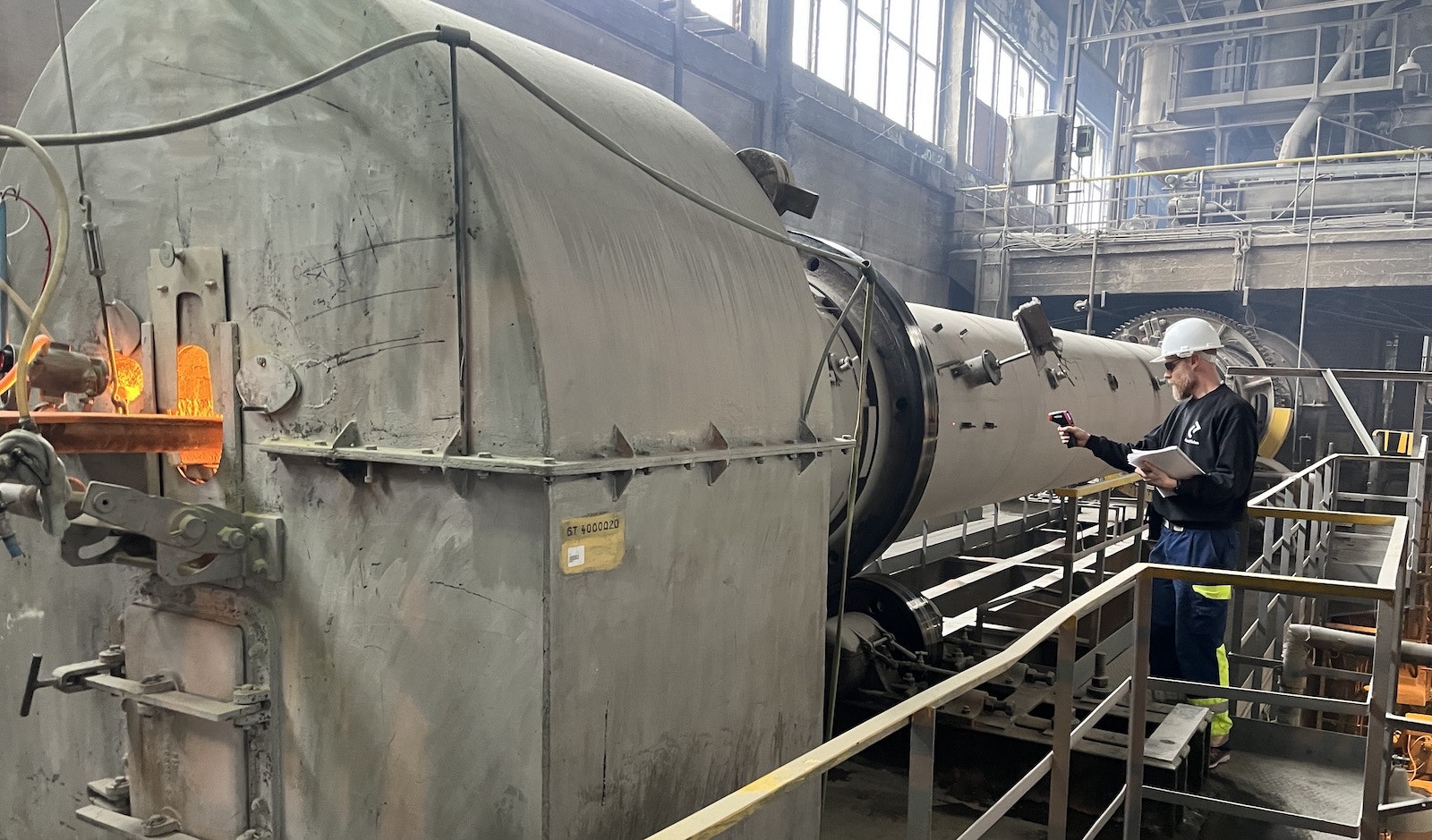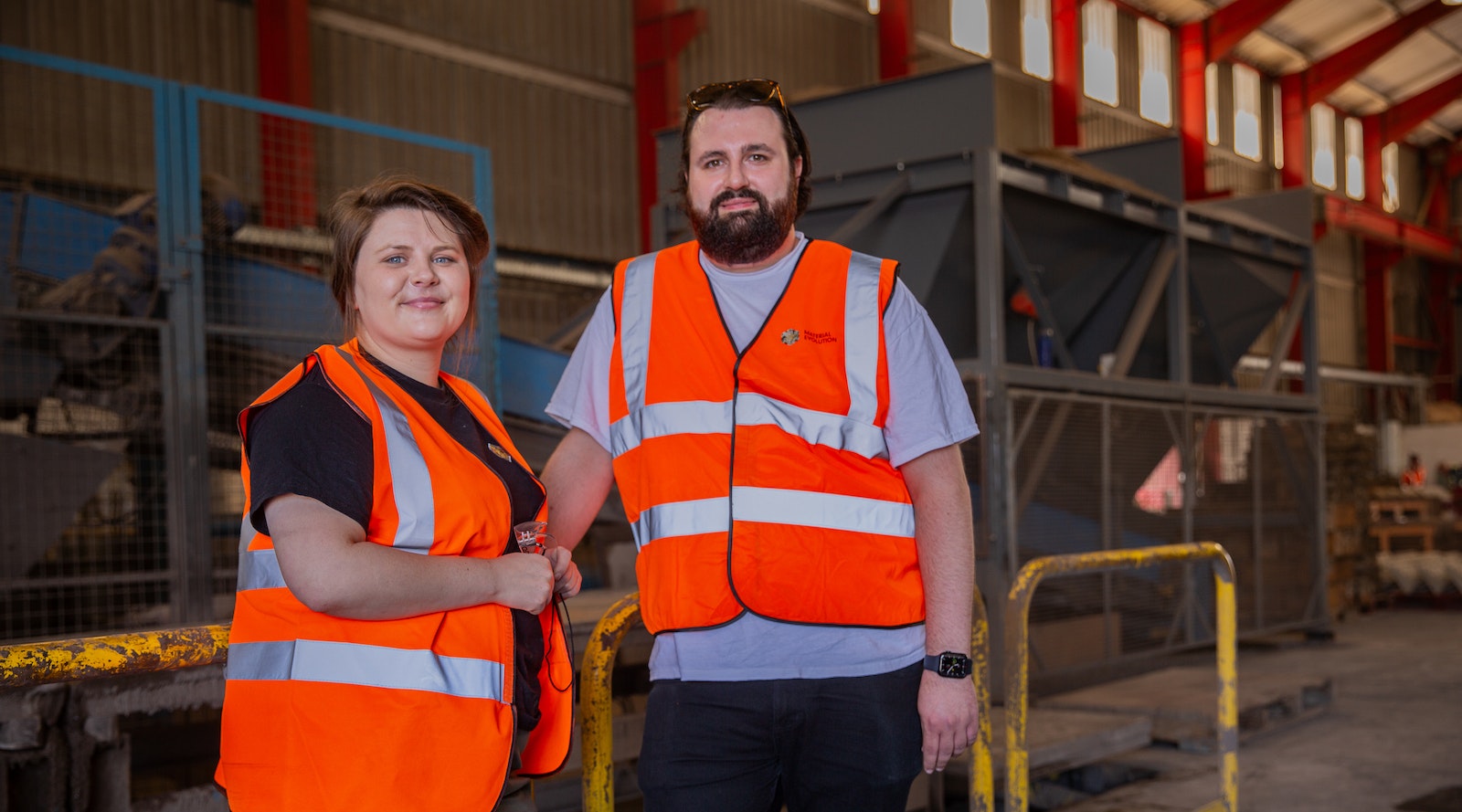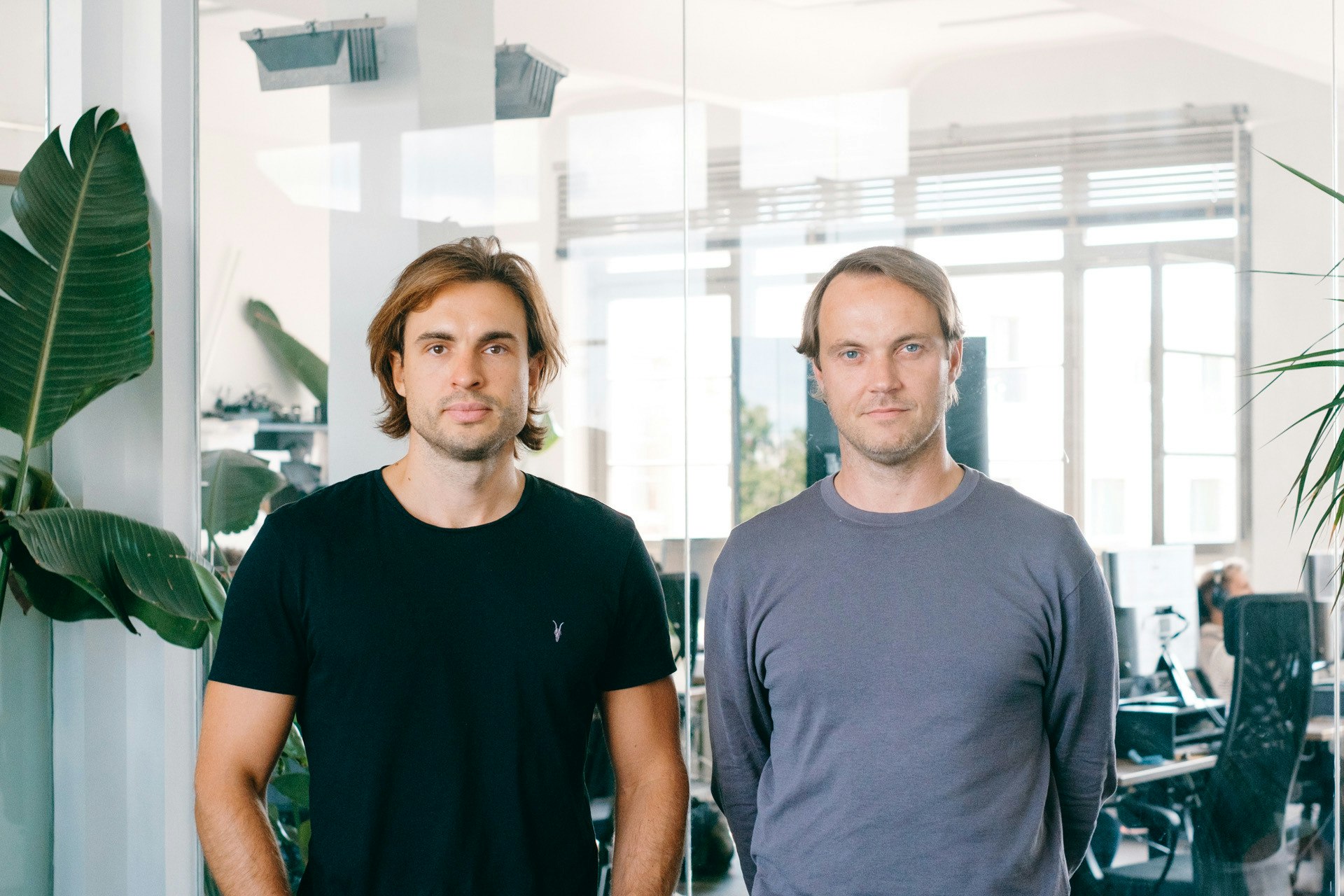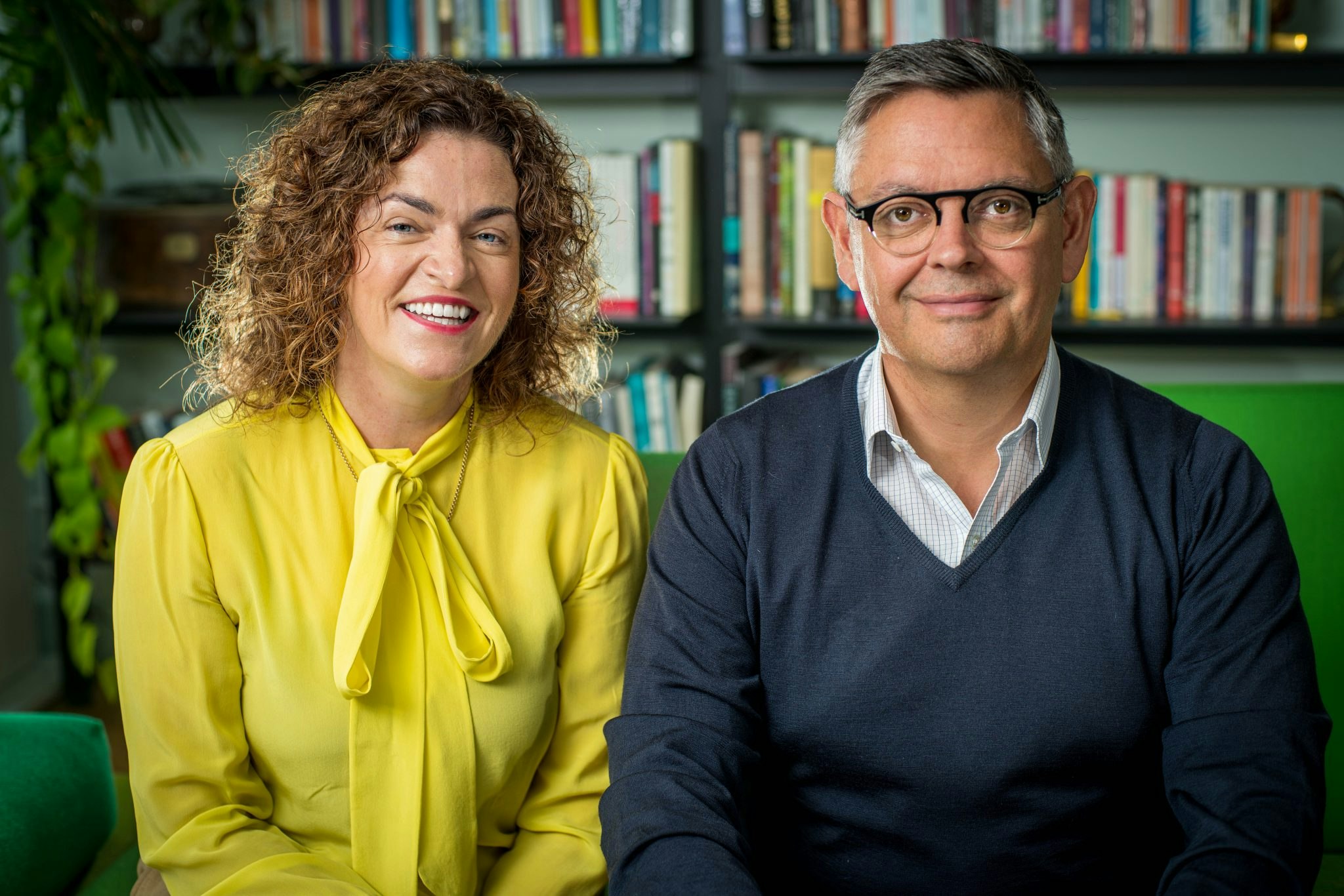The US may lead Europe in many aspects of tech, but the latter is showing promise in one crucial area of climate tech: green cement.
Cement is the second most consumed product in the world after water, but extremely energy-intensive to produce. The material’s production generates 7-8% of global CO2 emissions, as much as India. Finding a low-emission alternative could have a big impact on global emissions.
Whilst the big cement companies in the $380bn market are planning to turn green by using green energy to heat their ovens, the startups in this space have much greater ambitions — replacing the main ingredient, limestone, with other materials.
From brown to green
To understand how these companies are shaking up cement, it’s necessary to understand how cement is produced. The common way to make it is to use limestone taken from quarries and heated up to 1,450 degrees Celsius — a temperature hot enough to melt steel. Cement is then used to create concrete to be used in buildings, infrastructure projects and the like.
Sixty percent of the emissions from the most widely used cement come from the limestone itself, while the remaining emissions are from the energy used to produce the cement.
Cement manufacturers have in the past burned fossil fuels to produce the heat to turn limestone into cement but have of late turned to burning waste for energy, becoming giant waste incineration plants. In many countries, cement companies receive national or local subsidies and grants for burning municipal solid waste as energy to create the cement. This means the fuel can be achieved for free or even a net profit.
“Almost as large a part of the income stream [as cement production] comes from being a waste incineration station,” says Oscar Hållén, CEO of green cement startup CemVision.
Hållén says that with a change in attitudes towards burning waste for energy and industrial CO2 emissions, he hopes that EU regulations such as Carbon Border Adjustment Mechanism (CBAM) and EU Emission trading system will cap the allowance on carbon emissions.
When producers “have to carry the full responsibility for what they emit, then our production will be cheaper than the traditional cement industry,” Hållén says.
CemVision ups its production
CemVision recently announced that it’s reached industrial-scale production of green cement at its demo plant in Poland, equivalent to 4,000 tonnes annually.
This is not a lot when the use of cement globally, as the key binding ingredient to concrete, is at a whopping 4bn tonnes per year, however, the company argues that producing in a demo factory is by definition industrial, unlike the previous pilot phase. It is still a long way from full scale, of course, but this means a significant breakthrough — and that larger-scale production is imminent.

CemVision says it reduces the overall footprint of cement by 95% in two ways. First, it replaces virgin limestone with industrial byproducts like slag products from the steel or mining industries.
“The availability of raw materials is not a problem,” says Hållén, previously general counsel at Klarna, who was brought on as CEO at the beginning of 2023. “And since we are not using limestone we don’t need to have our factory close to a quarry and can optimise [location] based on access to energy, logistics and lots of other parameters.”
CemVision’s cement has “a unique chemistry that requires much less energy,” Hållén says.
By having to only heat the ovens to 1,200 degrees Celsius, CemVision won’t use fossil fuels or waste — instead, it is using biofuels at its plant in Poland but it is also looking for other alternatives, such as electrical ovens.
In late 2022, the startup was admitted to Bill Gates’ Energy Breakthrough Fellowship programme, which granted it a loan to finance the Poland demonstration facility and research for two years. It’s also raised a €2m seed round from VCs and other investors.
“We are currently evaluating a facility that can add another 90,000 tons. Our goal is to produce 5m tons by 2030,” Hållén adds.
Material Evolution’s fusion cement
If 1,200 degrees Celsius still sounds like a lot, no heating sounds impossible.
Enter UK startup Material Evolution, incorporated in the US. It has replaced limestone with a chemical solution that, through a fusion reaction, creates a cement-like product — requiring no heat at all.
Instead of limestone, the product is based on a chemical production of geopolymer, and according to CEO and cofounder Elizabeth Gilligan, there are “a lot of benefits embedded in this kind of chemistry”.
“It’s more durable, more fire resistant and it can be stronger depending on how we make it,” she says. It also comes with an 85% reduction in carbon footprint in comparison to the most commonly used kind of cement, Portland cement.

Material Evolution has produced about 1,000 tons for testing at its current facility in the UK. Next year the startup plans to open a factory with a production capacity of 150k tons annually.
Gilligan says the company’s product can be used by existing customers of cement companies without the need for any new technology, and the company has already sold what it can produce in the first five years of production.
“We like to say we’re the best-kept secret in concrete because if you knew you knew, and you’d be buying the product, and I guess that’s how we’ve been thinking about marketing,” she says.
Earlier this year, the company raised a €15m Series A from a range of investors such as Playfair Capital, Norrsken VC, At One Ventures and Kompas VC as well as strategic investor SigmaRoc.
Despite the traction, Gilligan says she is still modest about the amount Material Evolution will produce.
“Even next year, when we have the factory to produce 150k tones — we’re still microscale for the cement industry,” she says.
Other green cement startups
CemVision and Material Evolution are not alone in creating greener alternatives to classic cement.
Carbonaide, a spin-out from VTT Technical Research Centre of Finland, is building “the world’s first” industrial pilot production line that can make carbon-negative concrete — that traps more CO2 than it emits — using industrial side streams and carbon dioxide (CO2) capture, utilization and storage technology. Cement is one ingredient of concrete.
Instead of cement, Carbonaide uses industrial slag, green liquor dregs (paper mill residues) and bio-ash as the binding material in concrete and binds carbon dioxide into precast concrete.
The technology has been shown to reduce CO2 emissions associated with the most common type of cement concrete by 45% by reducing the required cement content and mineralizing CO2 into concrete.
The early-stage startup raised a €1.8m seed round in spring 2023, which Caronaide will use to upscale the technology to a factory-sized pilot, according to CEO Tapio Vehmas.
We like to say we’re the best-kept secret in concrete
Another newcomer is UK-based BioZeroc which is “growing” concrete using biotech and existing materials. The bio-based concrete will remove the need for cement in the concrete manufacturing process.
Its patent is on a material with 85% less emissions than concrete made with the most common cement, it claims. At a later stage, the company wants its concrete to be carbon-negative.
To bring its production of green cement from the lab onto construction sites, Biozeroc is currently raising a seed round following the receipt of a UK Innovation grant of £815k earlier this year.
Next steps
Despite these innovations, existing cement producers don’t have to worry about disruption too soon given just how much cement we consume.
“If you can get to the same quality as Portland cement at the same or lower cost and being green — then you are a winner,” David Frykman, general partner at Norrsken VC, tells Sifted. “All the new companies have new ways of getting there, whereas the old players probably won’t get there.”
He says the key for new entrants will be to find a quick go-to-market strategy to be able to scale production quickly.
Norrsken VC is one of the investors in Material Evolution, and Frykman points out that when evaluating startups working on cement innovation, how much energy they use to produce their green cement has been one important factor to take into account.
But he adds that there probably won’t be one winner to take it all — after all, “all this brown cement needs to be replaced by green cement.”


